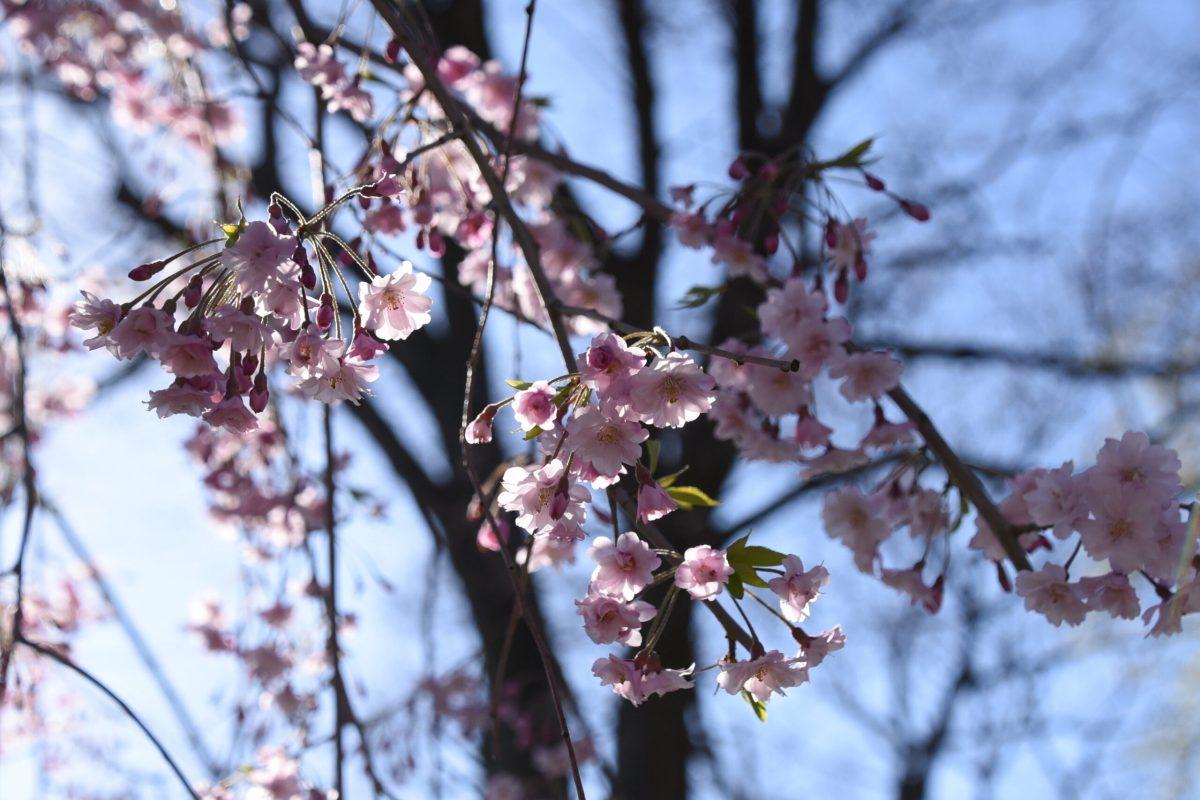Every April, over 10,000 visitors flock to Branch Brook Park to stroll around its lakes, ponds, and most importantly, Cherryblossomland, the nickname for the park’s collection of over 5,000 cherry blossom trees. The Branch Brook Park Cherry Blossom Festival, a two-week-long celebration of spring, takes place in mid-April and coincides with the peak bloom period of these flowers. However, the park and its flowers have a storied history at odds with its peaceful atmosphere.
Branch Brook Park was designed by the Olmsted Brothers firm, which was established by the sons of famed American landscape architect Frederick Law Olmsted. His vision of harmony with the natural environment in a park, with mimicry of forested patches and gently rolling hills, came to life in New York City’s Central Park. The Olmsted Brothers company continued this vision to establish the sprawling 370-acre Branch Brook Park in Newark, which even in 1913 was an industrial hub.
At the time, custom linen and specialty jewelry were in style. Louis Bamberger, a Newark resident, co-founded one of the largest department stores in the United States in October 1912, at what is now 165 Halsey St. His sister, Catherine Bamberger Fuld, handled the department store’s philanthropy. After a visit to Japan, she fell in love with the scented flowering trees that bloomed every spring.
Simultaneously, the Olmsted Brothers firm was searching for a collection of blossoming trees to increase interest in the park. In 1927, Fuld donated 2,200 trees to the park; this number was because Washington D.C. had 2,000, and Fuld reportedly wanted Newark to surpass the nation’s capital city. She chose over 18 varieties, including early- and late-blooming types, so that depending on the time at which visitors arrived, they would have completely different experiences.
As cherry blossom trees live for only around 40 years on average, the collection has required plenty of replenishing. Yet the trees have added to Olmsted’s vision of open air and a natural design; unlike other collections, the cherry blossoms are not planted in rigid rows, but cascade over the park’s slopes and drape over its pond. Some particular favorites amongst visitors are “weeping trees” of the Higan variety, which have long, thin branches that spill towards the ground like frothy streamers.
Although the installation of the first round of 2,200 trees was completed in 1932, it took until 1976 to inaugurate the annual Branch Brook Cherry Blossom Festival. Kathleen Galop, a corporate lawyer at Prudential Financial who grew up in Newark’s North Ward neighborhood, wanted to rejuvenate the park, which had fallen into disrepair.
Through the 1970s, the shadow of the 1967 riots lingered over the city, with small businesses and manufacturing giants alike uprooting; this contributed to an economic downturn and a lower tax base for the municipal department to maintain Branch Brook Park. At the time, the trees numbered fewer than 1,000. Today, with preservation efforts and the increased revitalization of the city, the collection numbers more than 5,000 trees, the largest on the East Coast.
The park faces numerous challenges today, including the upkeep of these trees, protection from weather and invasive species, and categorization of the oldest cherry blossom trees in the collection. However, NJIT students have a long-standing tradition of volunteering their time and energy to these tasks, either directly with the Branch Brook Park Alliance or with organizations such as Engineers Without Borders. Through the combined efforts of the Newark community, this unique — and fragile — collection will ideally continue to bloom for decades to come.





























